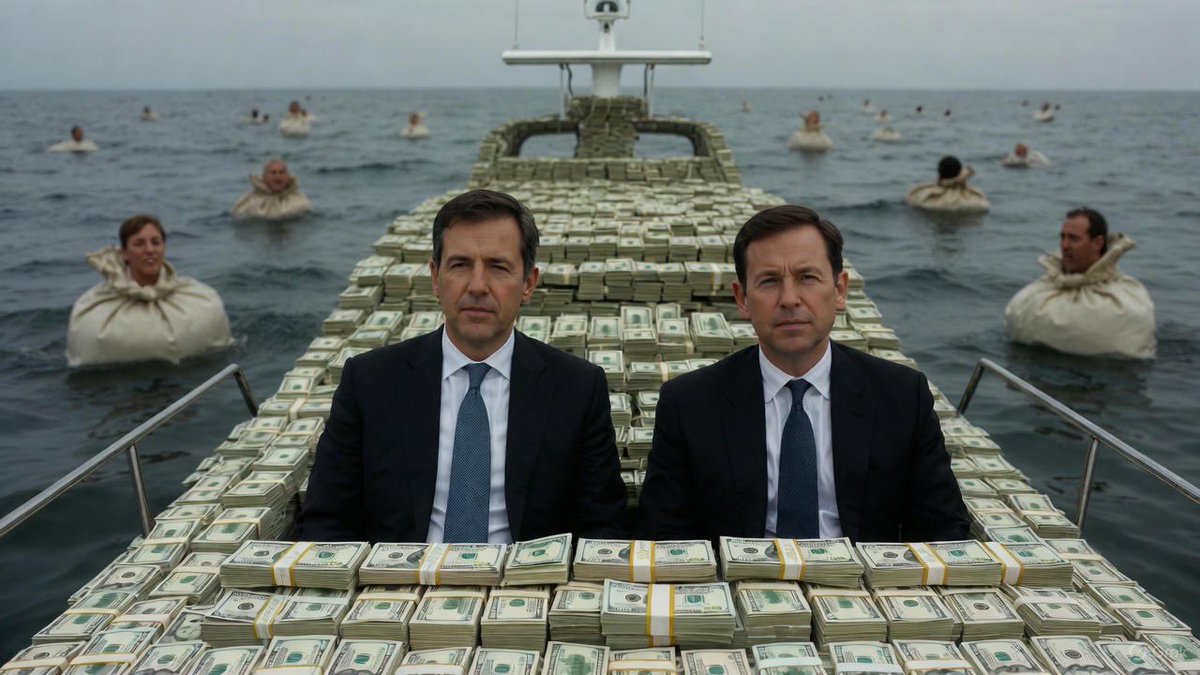
I don’t predict the market — I feel it in my head charts Panic-buying dips since ‘21 GME reflexive cycles • Simple analysis, expensive truths
How to get URL link on X (Twitter) App


 1. The Cast of Characters
1. The Cast of Characters 